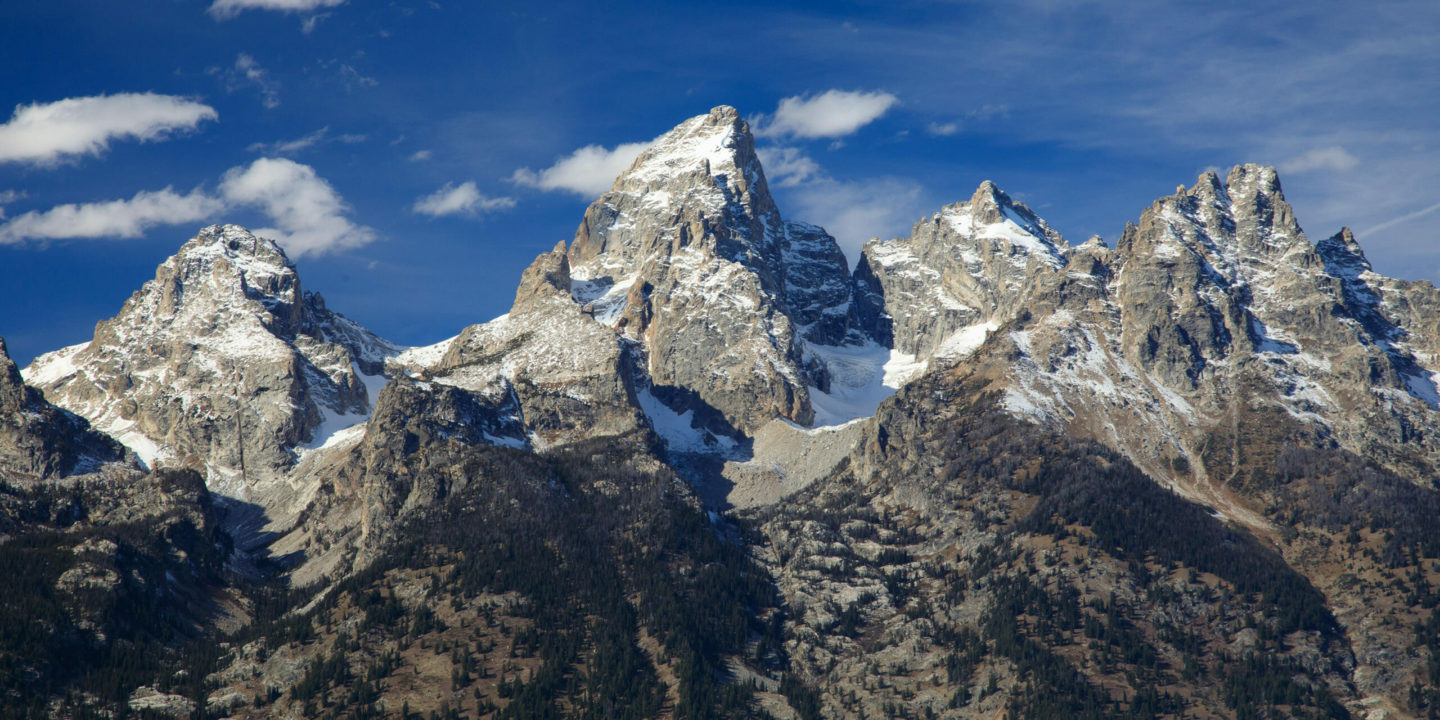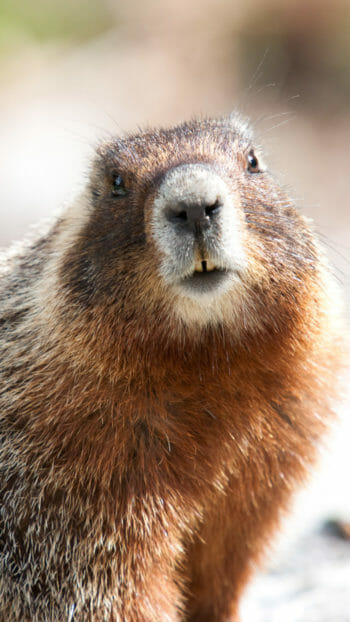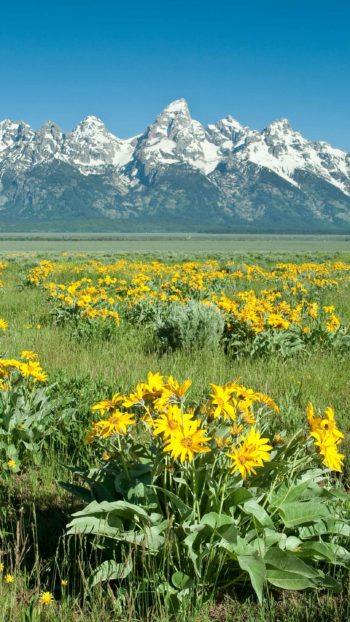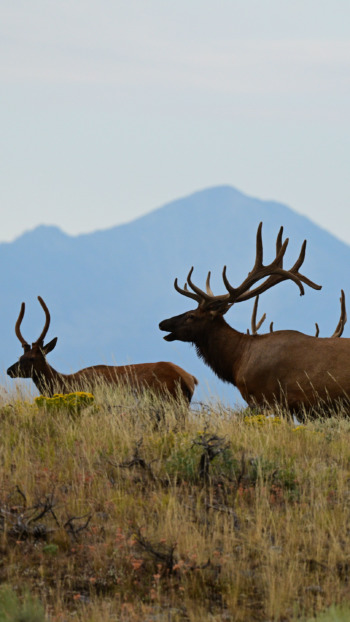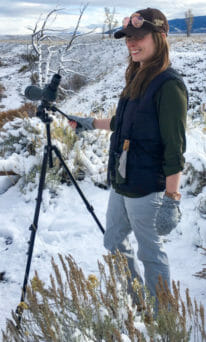Few places in North America rival Grand Teton National Park for wildlife encounters. The park’s dramatic landscapes, ranging from alpine meadows and river valleys to wetlands and dense forests, create a mosaic of habitats that sustain an incredible diversity of life. Over 60 mammal species and more than 300 species of birds call this area home, making every visit a chance for discovery. Grand Teton is also part of the Greater Yellowstone Ecosystem, one of the last intact temperate ecosystems in the world, where seasonal migrations and predator-prey dynamics continue much as they have for thousands of years.
Wildlife sightings often begin the moment you enter the park. Moose may be spotted browsing in willow thickets, elk can be seen grazing meadows, and bald eagles soar over the Snake River. With the help of a professional naturalist guide, your chances of spotting (and safely observing) these animals increase dramatically. A guide’s knowledge of seasonal behavior and recent activity can transform an ordinary drive into a once-in-a-lifetime encounter.
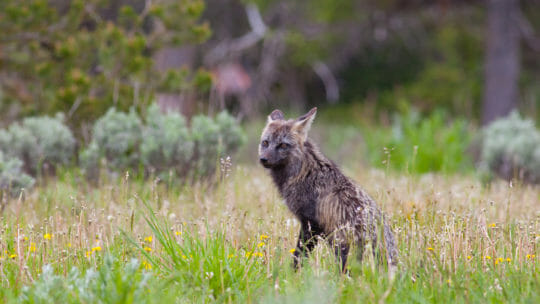
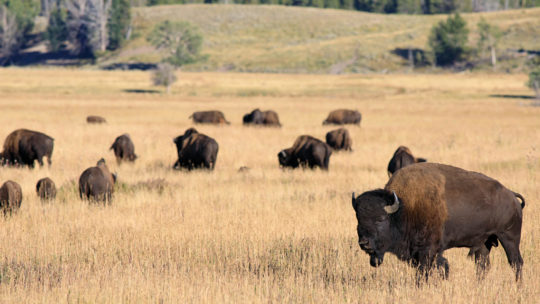
Best Times of Year to See Wildlife in Grand Teton
Wildlife experiences in Grand Teton shift with the seasons, and timing plays a big role in what you’ll see. Spring brings renewal: bears emerge from hibernation with young cubs, moose and elk begin calving, and migratory birds return to nest across wetlands and rivers. In summer, long daylight hours keep animals active in the cooler mornings and evenings, while bears forage throughout the park and songbirds fill the air with calls.
As the air turns crisp in fall, the landscape comes alive with the drama of the elk rut, where the haunting bugles of bull elk echo across valleys. Moose enter their own mating season, often visible in willow flats, while bears intensify their feeding in preparation for winter. By winter, much of the wildlife congregates on the valley floor, where food sources remain accessible. This is the best season to see moose, bison, bald eagles, and even the occasional wolf moving across the snow. No matter the season, dawn and dusk remain the prime hours for wildlife activity.

Iconic Animals of Grand Teton National Park
The Tetons are home to some of the most recognizable wildlife in the American West. Below is an overview of the species you’re most likely to encounter.
Large Mammals
- Moose – Often seen near water sources like Oxbow Bend and Willow Flats, especially at dawn and dusk.
- Elk – Frequently found in meadows and forests, especially during the fall rut when bulls bugle to attract mates.
- Bison – Roam in herds through sagebrush flats and along Antelope Flats Road.
- Grizzly Bears – Most commonly seen in spring and late summer, often foraging in open meadows or along rivers.
- Black Bears – More abundant than grizzlies, typically found in forested areas and foothills.
- Mountain Lions – Incredibly rare and elusive, but present throughout the region.
Predators and Canids
- Wolves – Occasionally spotted in the early morning, especially in remote areas or during winter tours.
- Coyotes – Active year-round, often seen in open terrain hunting rodents or scavenging.
- Foxes – Red foxes are seen most often at dawn or dusk and are particularly active in winter.
Birds and Raptors
- Bald Eagles – Nest along the Snake River and are easily spotted fishing or perched in trees near water.
- Ospreys – Dive dramatically for fish and are seen near rivers and lakes during spring and summer.
- Sandhill Cranes – Elegant and vocal, these birds nest in open wetlands and meadows.
- Great Gray Owls – A favorite among birdwatchers, they prefer mature forests and hunt in open fields.
- Trumpeter Swans – Often seen gliding across the quiet waters of the park’s lakes and ponds.
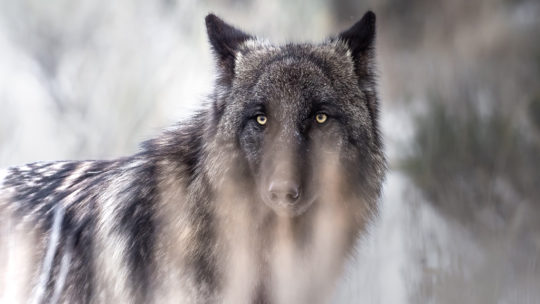
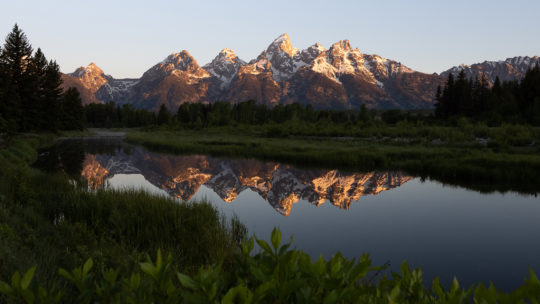
Best Times of Year to See Wildlife in Grand Teton
Wildlife experiences in Grand Teton shift with the seasons, and timing plays a big role in what you’ll see. Spring brings renewal: bears emerge from hibernation with young cubs, moose and elk begin calving, and migratory birds return to nest across wetlands and rivers. In summer, long daylight hours keep animals active in the cooler mornings and evenings, while bears forage throughout the park and songbirds fill the air with calls.
As the air turns crisp in fall, the landscape comes alive with the drama of the elk rut, where the haunting bugles of bull elk echo across valleys. Moose enter their own mating season, often visible in willow flats, while bears intensify their feeding in preparation for winter. By winter, much of the wildlife congregates on the valley floor, where food sources remain accessible. This is the best season to see moose, bison, bald eagles, and even the occasional wolf moving across the snow. No matter the season, dawn and dusk remain the prime hours for wildlife activity.
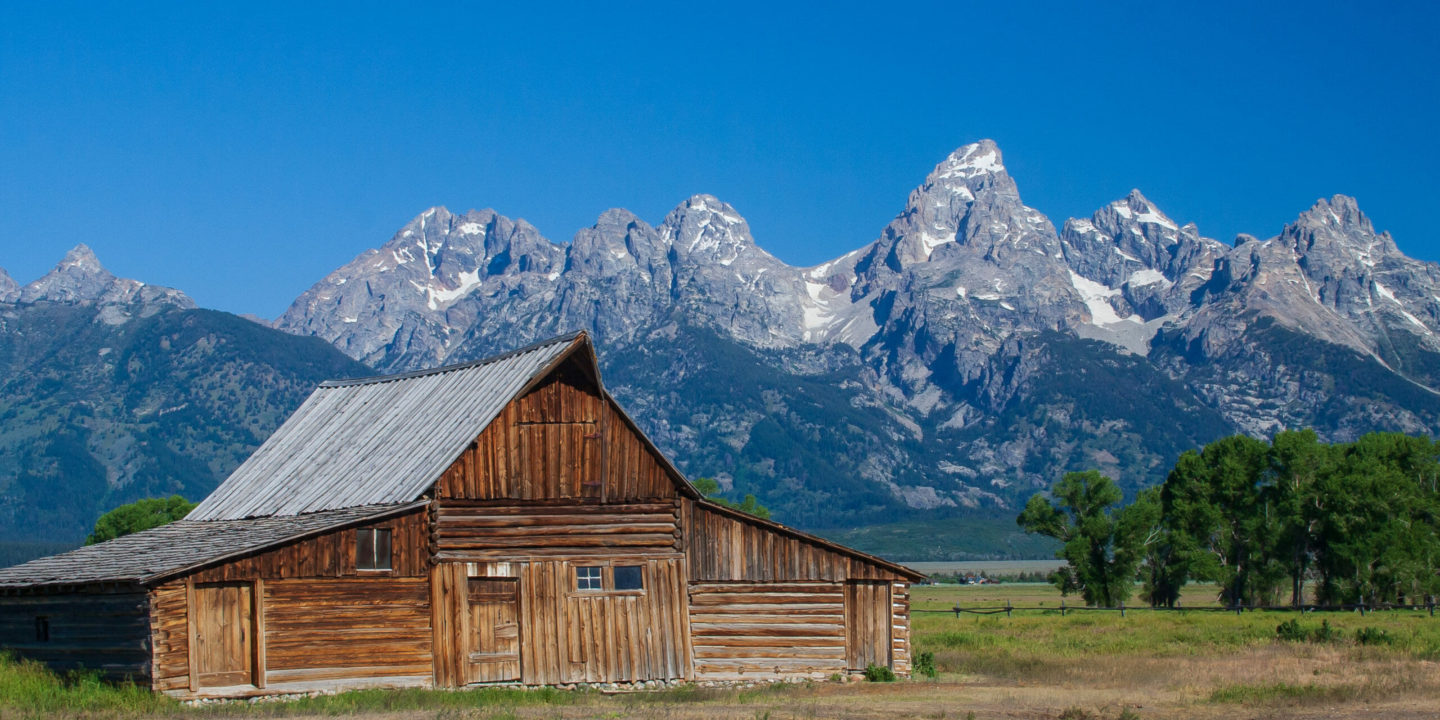
How to Increase Your Chances of Seeing Wildlife
While luck always plays a role in spotting animals, a few strategies can greatly improve your success. Wildlife in Grand Teton is most active in the early mornings and late evenings, when temperatures are cooler and animals are more comfortable moving across open areas. Patience and quiet observation are key—loud noises or sudden movements can send wildlife into hiding.
Using high-quality optics, such as binoculars or spotting scopes, helps reveal details from afar and allows for safe, respectful viewing. Instead of scanning for entire animals, watch for smaller movements, like the flick of an ear in tall grass or ripples on the surface of water that might give away a feeding moose. Perhaps the most effective way to increase your chances is to join a guided wildlife tour. Professional guides track recent sightings and understand animal behavior, positioning you for the best possible encounters while ensuring your safety and the animals’ well-being.
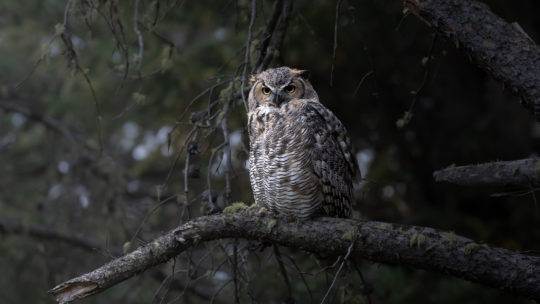
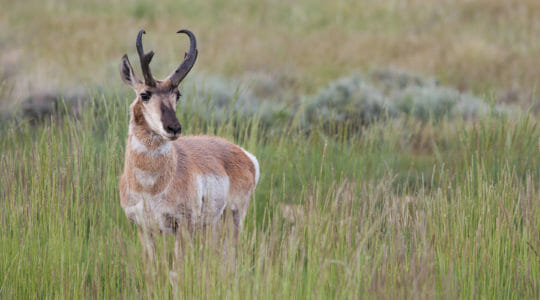
Wildlife Viewing Etiquette and Safety Tips
Observing wildlife in Grand Teton is a privilege, and practicing respectful etiquette helps protect both you and the animals. Always maintain a safe distance—100 yards from bears and wolves, and 25 yards from all other animals—to avoid stressing or endangering wildlife. Feeding or attempting to approach animals is strictly prohibited, as it alters natural behavior and can create dangerous situations.
If you encounter wildlife near a roadway, it’s best to remain in your vehicle and allow the animal to pass. When outside your vehicle, keep voices low and avoid sudden movements. And if you’re with a guide, always follow their instructions, as they are trained to handle encounters in ways that protect both visitors and wildlife. Practicing ethical wildlife viewing ensures that future generations can enjoy the same incredible experiences.
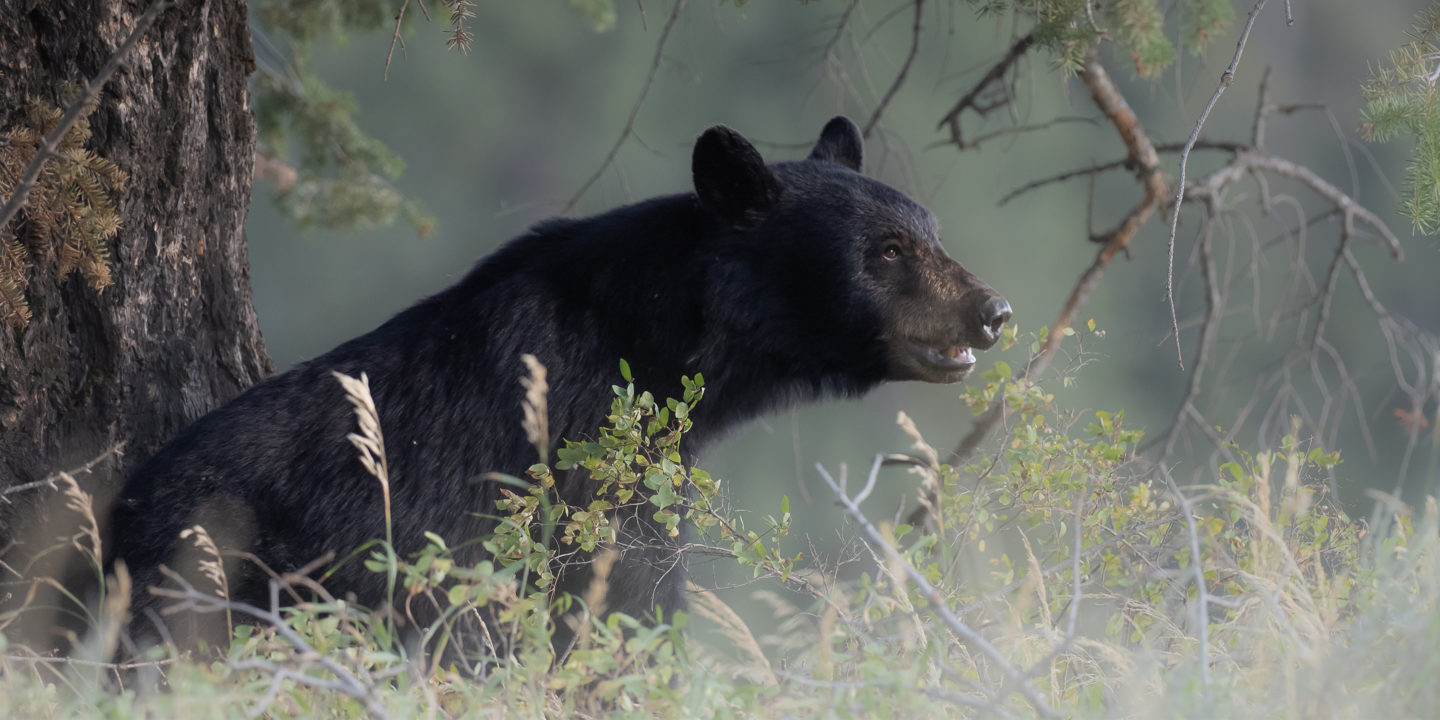
Guided Tours to See the Animals of Grand Teton
For the most rewarding wildlife experience, consider joining a guided tour of Grand Teton National Park. At Jackson Hole Wildlife Safaris, our tours are designed to maximize viewing opportunities while deepening your understanding of the ecosystem. Led by expert naturalists, each outing combines storytelling, ecology, and real-time knowledge of animal movement to create unforgettable experiences.
Guided tours also provide access to high-quality spotting scopes and binoculars, comfortable vehicles for all weather conditions, and safer, more respectful wildlife encounters. Whether you choose a half-day, full-day, private, or photography-focused safari, a guided tour dramatically increases your chances of seeing rare or elusive animals. For photographers, guides provide tips on lighting, composition, and positioning to capture stunning images. More than just sightseeing, a guided safari offers a deeper connection to the natural rhythms of Grand Teton and its extraordinary wildlife.
FAQs
When is the best time of year to see wildlife in Grand Teton?
Wildlife viewing in Grand Teton is excellent year-round, but each season offers unique highlights. Spring brings bears with cubs and elk calves, summer is best for early and late-day activity, fall features the elk rut and moose mating season, and winter offers concentrated viewing of moose, bison, and bald eagles on the valley floor.
Where are the best places to see animals in Grand Teton National Park?
Top wildlife hotspots include Oxbow Bend for moose and waterfowl, Willow Flats for elk and bears, Mormon Row and Antelope Flats for bison and pronghorn, and the Snake River Corridor for eagles, ospreys, and beavers. Blacktail Ponds Overlook and Jackson Lake Junction also provide excellent opportunities.
What animals can I expect to see on a Grand Teton tour?
Depending on the season, visitors may encounter moose, elk, bison, pronghorn, bears, bald eagles, coyotes, and even wolves. The park is also home to hundreds of bird species, small mammals, and a variety of waterfowl.
How can I increase my chances of seeing wildlife?
The best strategies include going out at dawn or dusk, moving quietly, and using binoculars or spotting scopes. Watching for small movements, such as rippling water or flicking ears, can reveal hidden animals. Booking a guided wildlife tour is the most effective way to maximize sightings.
Are guided wildlife tours in Grand Teton worth it?
Yes. Professional guides know where wildlife has recently been seen and understand seasonal behaviors, significantly increasing your chances of sightings. They also provide safe viewing practices, interpretive storytelling, and high-quality optics, making tours a rewarding and educational experience.

